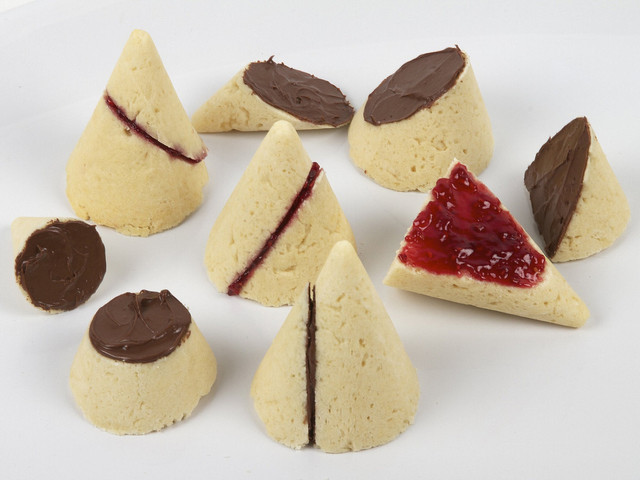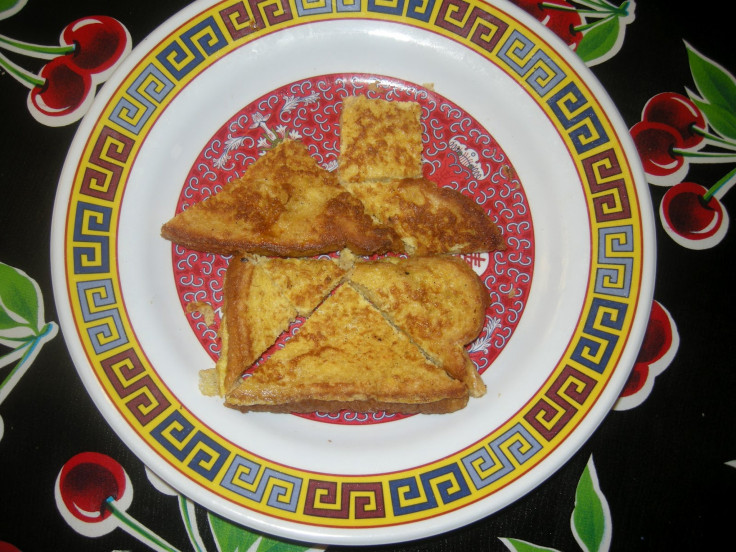Science In The Kitchen: Extract Strawberry DNA, Cut A Mobius Bagel, Make A 'Naked Egg'
Don’t just play with your food -- experiment with it! The kitchen, it turns out, is a pretty decent starter laboratory for budding scientists.
You may think it always takes big computers, microscopes and other fancy equipment to look at DNA, but you probably have the tools to extract genes right in your kitchen. With rubbing alcohol, dish soap, salt and a ziplock bag, it’s possible to isolate and observe strawberry DNA. (Detailed instructions available here). If you mash up strawberries with salt and soap, the soap will pop the cell membrane, spilling the inner contents out; the salt will break up proteins and release DNA strands. Once that solution is added to alchohol, a goopy white mush filled with long fibers will settle on the top of the liquid -- and the fibers are strawberry DNA! The DNA show up so readily because strawberries are octoploid, with eight copies of their chromosomes in every cell.

Guardian science writer Alex Bellos recently explored the intersection of mathematics and baking. He highlighted the “sconic sections” created by the folks of Evil Mad Scientist. By baking scones in paper cups, you can get cone-shaped treats for afternoon tea. Slice them any way you like, and you have a real-world example of conic sections, which can take the form of an ellipse, parabola or hyperbola.

For more mathematical fun at the kitchen table, you can also cut up toast or bread into the geometric shapes that make up a tangram puzzle. The game, which hails from China, involves rearranging seven shapes to form a variety of pictures.

You can also cut a bagel in such a way that the two halves don’t really separate but end up as a linked chain akin to a Mobius strip. Mathematical designer George Hart explains the process on his website, and there’s also an instructional video on YouTube:
If you have a carton of eggs sitting around in your fridge, there are a few experiments you can try. There’s the “naked egg” -- leaving an egg in vinegar will cause it to go transluscent and rubbery. That’s because vinegar reacts with the calcium carbonate in the eggshell, creating carbon dioxide bubbles and releasing bits of calcium from the shell. After a while, all that’s left to protect the egg is its delicate membrane.
With its shell on, though, the egg has formidable strength. You can test this with an experiment that demonstrates how hard it is to crush an egg. If you try and squeeze the egg by covering it with your entire hand, you’ll likely fail --- the egg’s shape is an extremely strong design that distributes pressure evenly all across it. But if you wear a ring while squeezing an egg (or crack the egg on the side of a bowl), that uneven pressure will crack the shell easily.
“This also explains how a hen can sit on an egg and not break it, but a tiny little chick can break through the eggshell,” Steve Spangler Science explains. “The weight of the hen is evenly distributed over the egg, while the pecking of the chick is an uneven force directed at just one spot on the egg.”
© Copyright IBTimes 2024. All rights reserved.





















